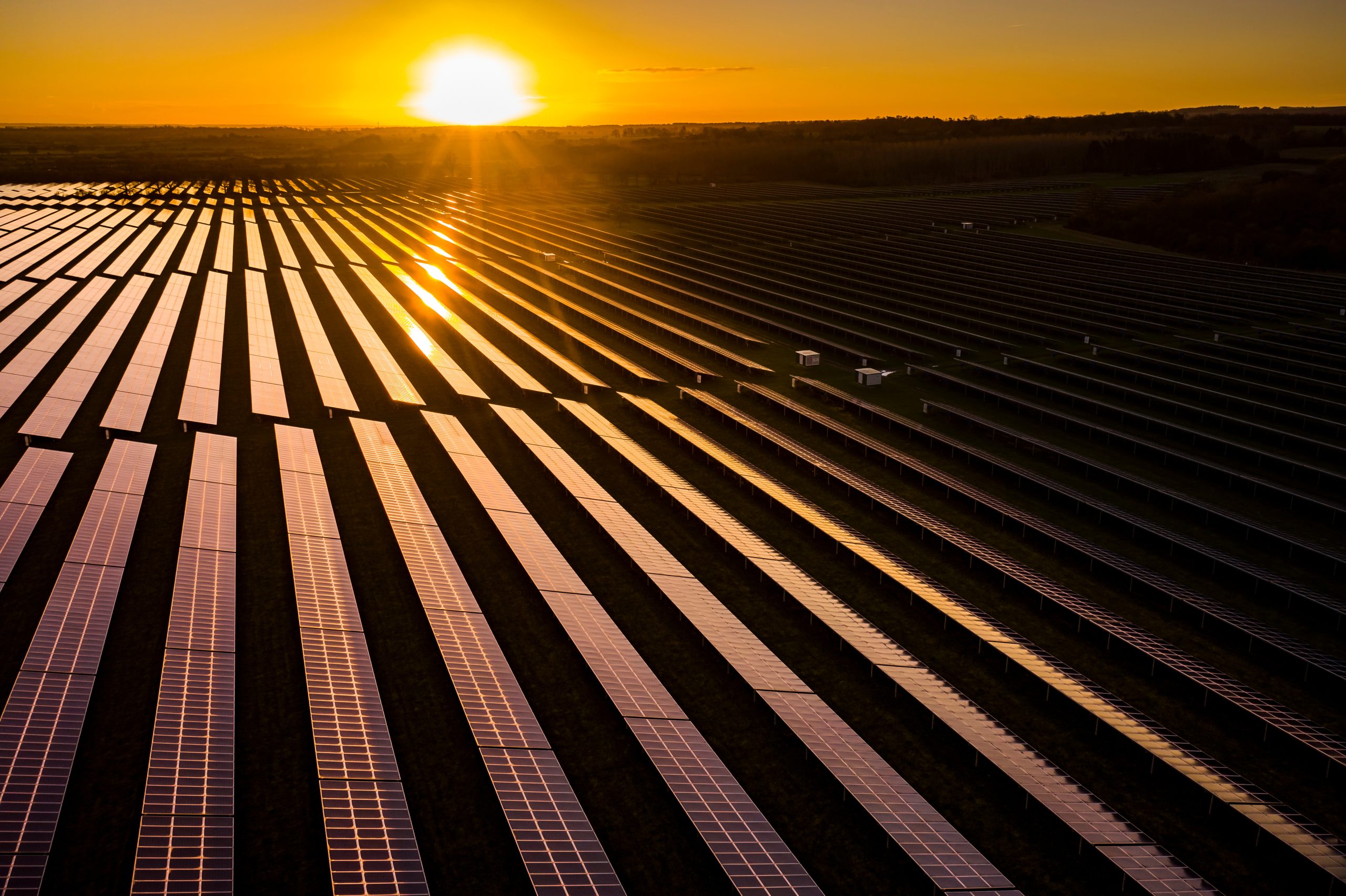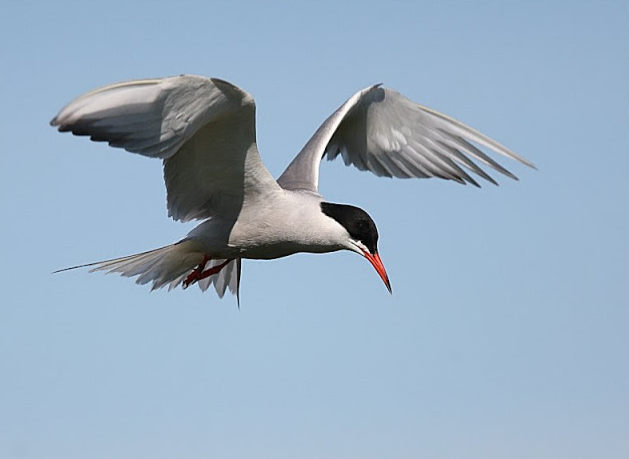Solar Energy in Ireland: is it the way to go?

16 May 2022
Ireland’s first large scale solar farm opened in Wicklow just two weeks ago and is projected to be able to save up to 4,800 tonnes of carbon emissions.
The Millvale solar farm can generate 8 megawatts of power and is already connected our national electricity grid – but how does solar energy fit in when it comes to our renewable energy mix?
According to the Sustainable Energy Authority of Ireland (SEAI) Energy in Ireland 2020 report, renewable energy was supposed to make up 16 per cent of Ireland’s energy mix, but it only ended up clocking in at about 13.5 per cent.
Solar energy accounted for just 1 per cent of all renewable energy in Ireland in that same time frame, while wind energy dominated the field by accounting for 59 per cent.
So, what exactly is solar energy? And what might the potential be for it in Ireland?
Take me back to basics: how does solar energy work?
There are two main types of solar energy: solar thermal and solar PV (photovoltaic).
According to the SEAI, solar panels that produce hot water are known as solar thermal collectors or solar hot water collectors and there are a range of technologies which transform the energy from the sun into hot water.
Solar panels that produce electricity are known as solar photovoltaic (PV) modules and they generate DC electricity when exposed to light.
The solar farms that are being built around Ireland use the latter – solar PV modules. Solar PV has been a rapidly developing technology that continues to get better results while also driving down the cost.
However, while this is a great way to generate renewable energy, Professor Barry McMullin from the Dublin City University School of Engineering explains that there are some shortcomings to it.
“Costs have fallen even more so in solar PV, as compared to solar thermal systems. Even at Irish latitude, it’s probably the cheapest form of electricity you can get,” he told The Green News.
“So while it’s the cheapest form of electricity you can get that’s only true if your demand for it happens to match when it’s available. But if what you actually want is electricity on tap, then solar PV doesn’t give you that,” he said.
If Ireland wanted to have what Prof McMullin refers to as “electricity on tap” – you could do that with solar PV, but “you have to put a battery behind it, and you can’t depend on Irish sunlight for this,” he added.
And what does solar energy look like in Ireland?
For solar energy to work and to be feeding power to your home, it must be connected to the grid through overhead wires and nearby stations – and our national grid has its own set of ongoing problems and threats.
Opposition to the physical appearance of some forms of renewable energy can also prevent their construction, which is often a major obstacle to expanding our renewable infrastructure.
At this point in time, there is a low number of solar farms in Ireland that are near completion or completed, but it does have potential within our own renewable energy mix.
“Just because something is small, doesn’t mean it’s not important,” Research Fellow at University College Cork Paul Deane told The Green News.
Solar is set to play a “really important role” alongside wind, biomass and other renewables – which is ultimately needed if we’re to achieve our energy targets under the national Climate Action Plan, according to Mr. Deane.
That said, local opposition to the sites hinder development, as well as the months outside of the summer that don’t provide enough sunlight for solar energy to flourish without needing an external battery.
“The technology is constantly evolving and getting more affordable on a large scale. It is not as environmentally accessible or as financially profitable as wind farming in this country,” according to Mr. Deane, but ultimately it does have its own role to play.
By Jordan Comerford Conway







